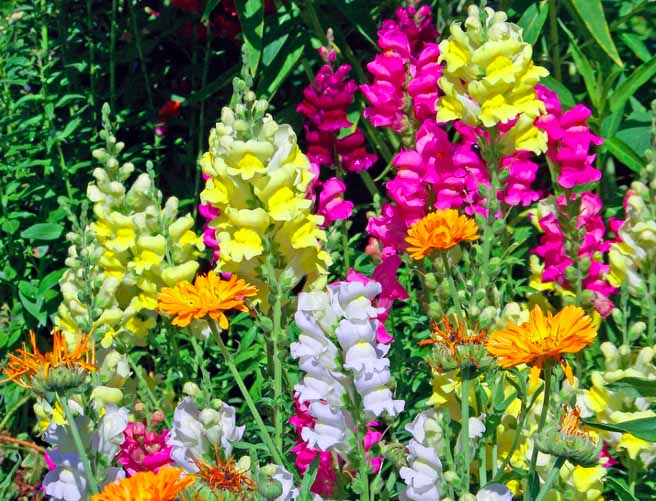Flowers are often symbols of love, beauty, and peace — yet not all blooms are as innocent as they look. Hidden among their petals are toxins so potent they can harm or even kill humans and animals. Here are five beautiful but deadly flowers you should admire from a safe distance.
Discover our flower bouquets today.
1) Mountain Laurel – The Deceptive Beauty
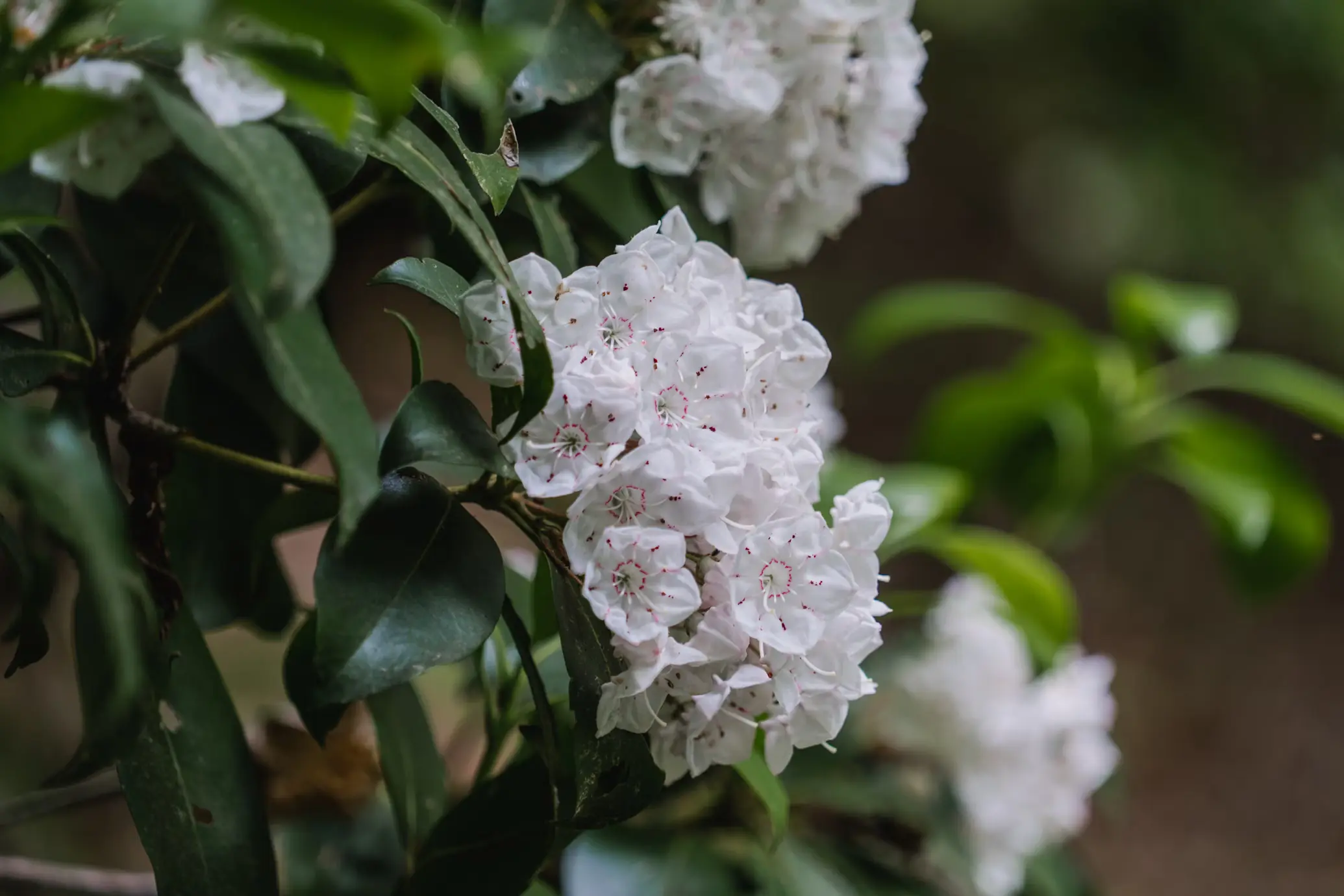
With its stunning pinkish-white clusters, the Mountain Laurel looks like something straight out of a fairytale. But beneath its charm lies grayanotoxin — a poison found in its leaves, nectar, and stems. Bees that collect nectar from this plant can produce “mad honey,” a rare type of honey toxic to humans.
Ingesting any part of this plant can cause vomiting, dizziness, runny nose, and abdominal pain. Pets, especially dogs and livestock, are particularly at risk if they consume its leaves.
2) Veratrum – Nature’s Hidden Assassin
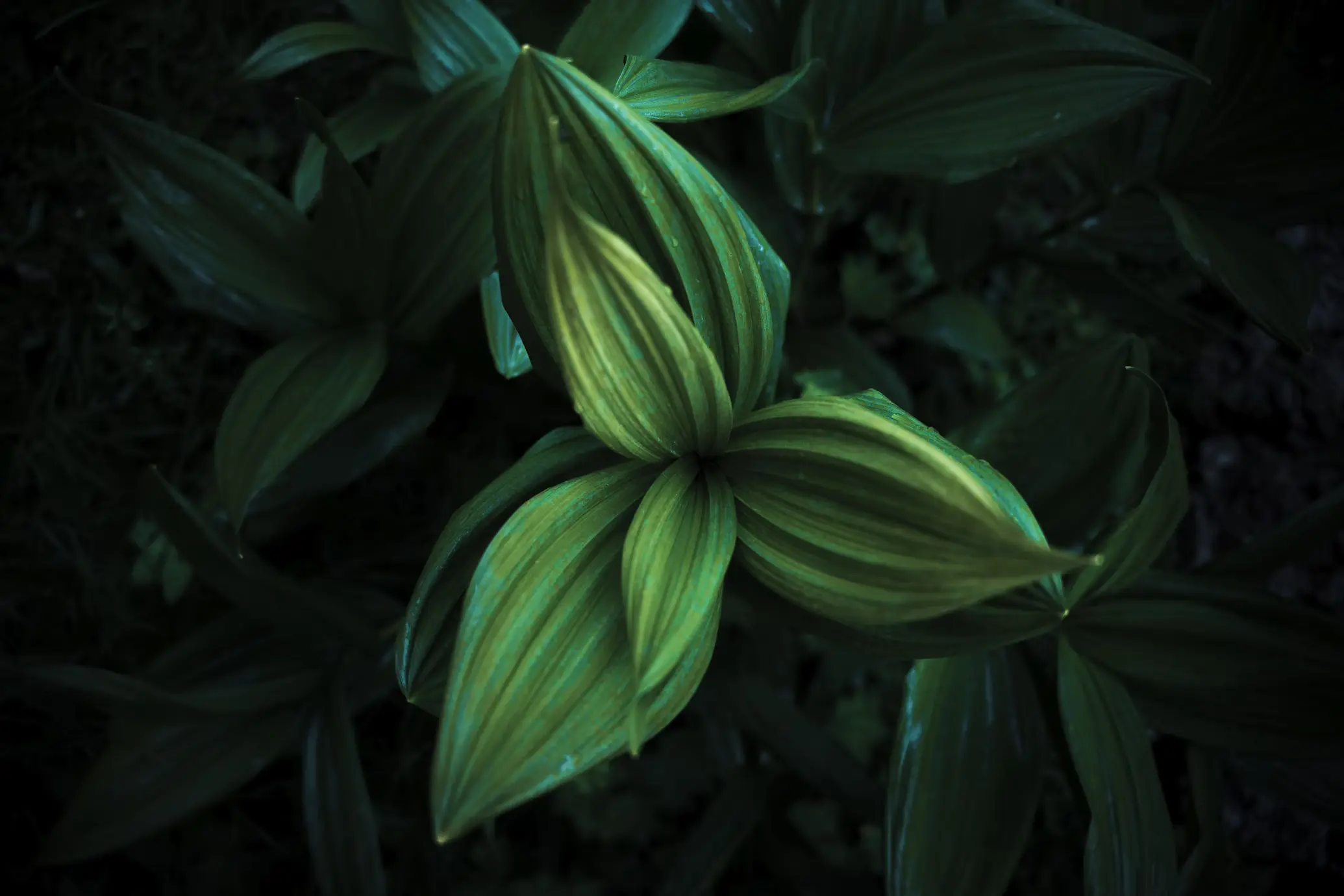
The Veratrum genus, also known as false hellebore, may appear harmless but is one of the most poisonous flowers on Earth. Just a small ingestion can lead to rapid heart failure, violent vomiting, and seizures within hours.
Found in alpine regions and parts of Australia, this plant’s toxins are so strong that even touching the sap can irritate the skin. Ancient civilizations once used it to poison arrows — a testament to its deadly potency.
3) Cerbera Odollam – The Infamous “Suicide Tree”

Native to South and Southeast Asia, Cerbera Odollam is deceptively beautiful with its waxy white flowers and almond-like scent. Known chillingly as the “Suicide Tree”, its seeds contain cerberin — a potent cardiac toxin that disrupts the heart’s rhythm and can lead to sudden death if ingested.
Though used in traditional medicine in small doses, this plant has been linked to numerous poisoning cases across India. Its duality — beauty and danger — makes it one of the most hauntingly fascinating plants in nature.
4) Ragwort – The Silent Threat to Animals
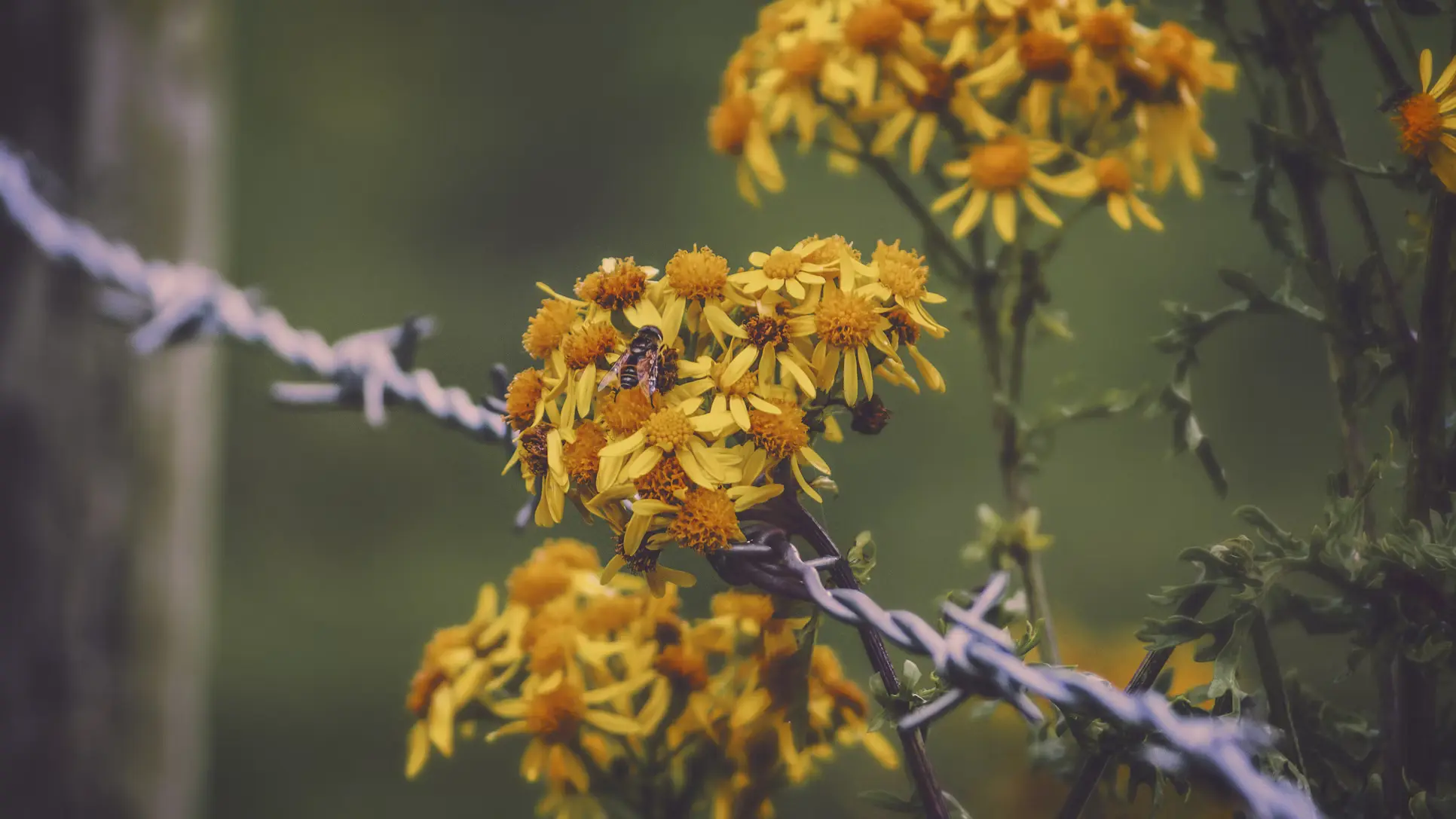
Often mistaken for cheerful dandelions, Ragwort hides deadly toxins called pyrrolizidine alkaloids. These compounds attack the liver, causing irreversible damage in livestock like cows and horses.
What makes Ragwort especially dangerous is that its toxicity remains even when dried — meaning hay contaminated with Ragwort can poison animals long after harvest.
5) Aconitum – The Queen of Poisons
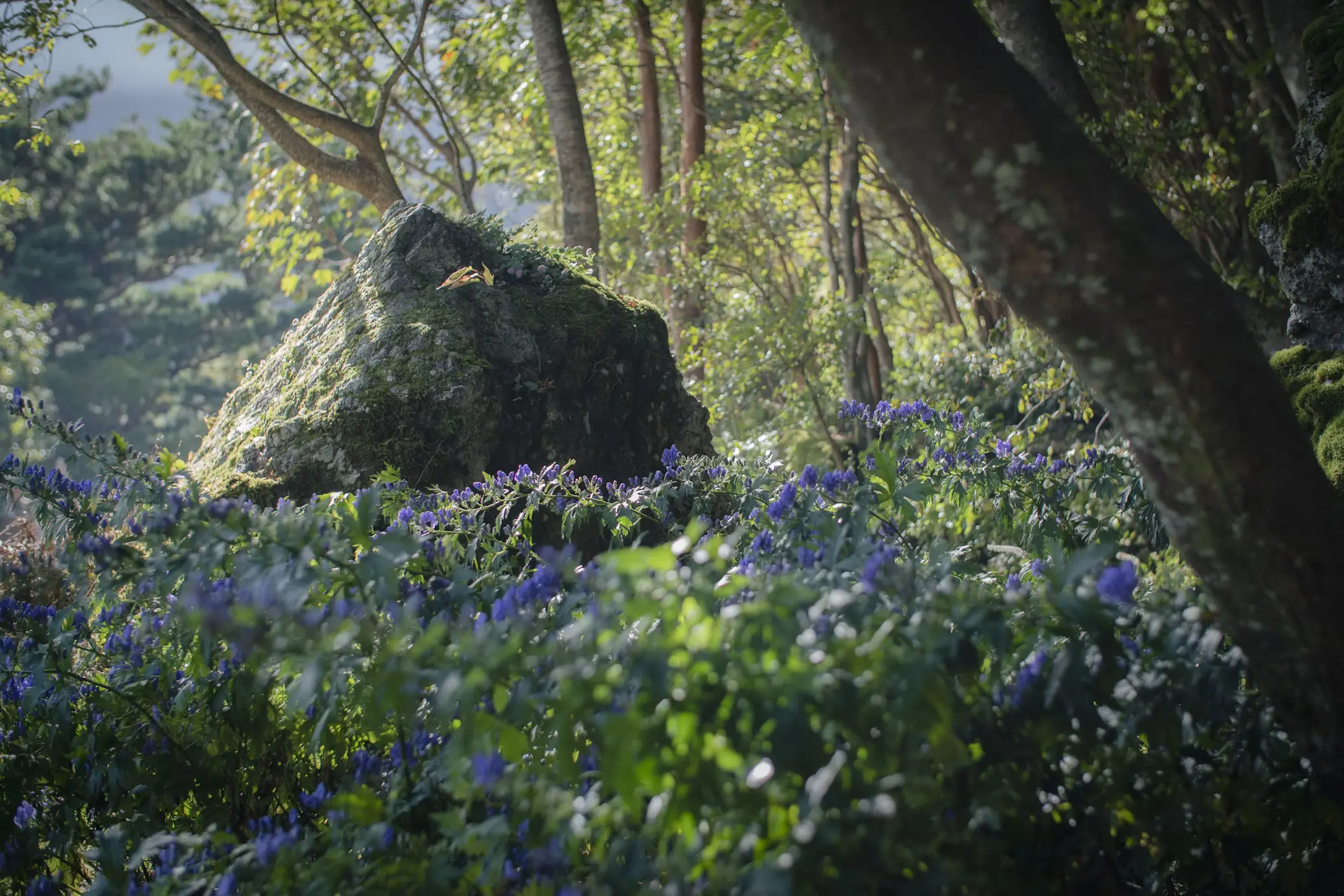
With stunning violet-blue petals, Aconitum (also called monkshood or wolfsbane) has long fascinated botanists and storytellers alike. Its toxins — especially aconitine — are among the fastest-acting poisons in nature.
Even minimal skin contact can cause numbness, nausea, dizziness, and cardiac arrest. In ancient times, hunters used it to coat arrow tips; today, it serves as a chilling reminder that nature’s elegance can also be deadly.
For safer floral inspirations, explore FlowerAdvisor’s flower delivery in Singapore — where beauty is perfectly safe to send.

